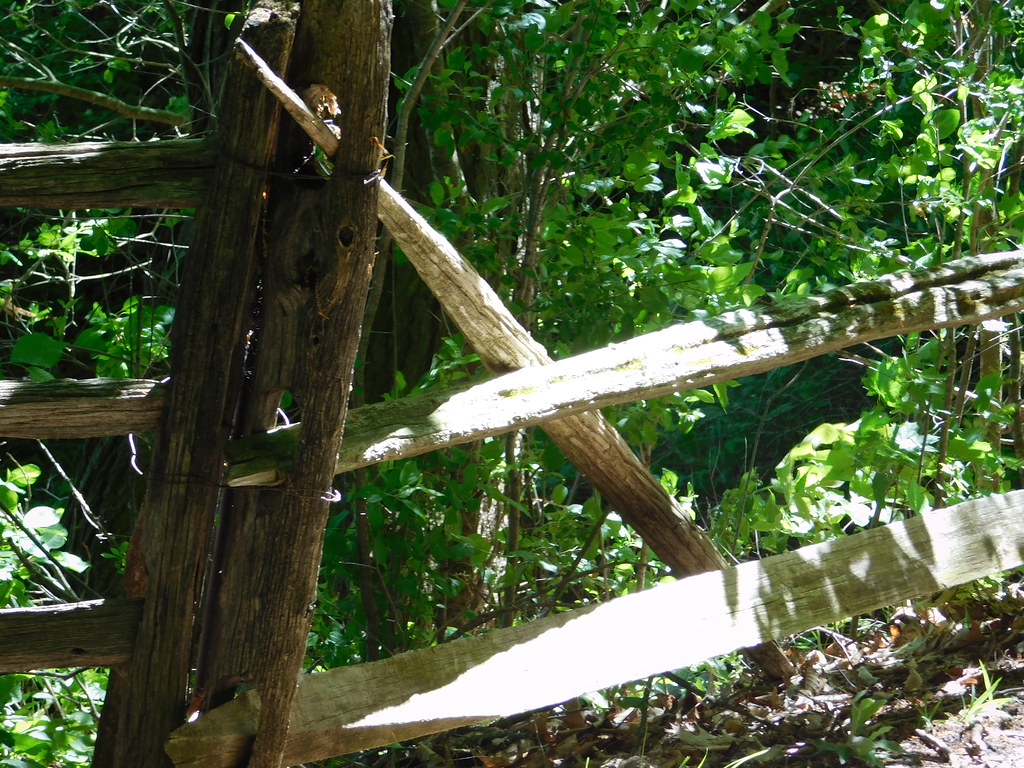I'm reading a book right now called Seasons of a Finger Lakes Winery, by John C. Hartsock. The book is just that: a year in the life of a single winery in New York's Finger Lakes region, a place where wine and winemaking have become a major industry and a vital part of the tourist trade there. I'll have more to say about the book later on (I'm greatly enjoying it!), but for now I want to highlight this lovely passage that captures some of the geographical appeal of the region for me.

I've enjoyed the Finger Lakes ever since the first time I visited them as a not-quite-ten-year-old kid when we moved to New York, but over the last fifteen years or so that region has become my dream place. If I were suddenly gifted enough financial resource to live any place on Earth, I would live among the Finger Lakes: maybe on the shores of Cayuga Lake near Ithaca, or perhaps on Seneca Lake up by Geneva, or maybe along Canandaigua or even a small cottage on one of the smaller lakes, like Honeoye or Conesus. I've been reading a bit about the Finger Lakes, off and on over the last couple of years, as research and story-fodder for a story sequence that I'd like to write one day, and this passage is from one of those books.
In this passage, Gary and Rosie--the owners of the winery on which the book focuses--are taking a day off from their winery operations, which are on the eastern shore of Cayuga Lake, to visit a different winery, which is on the western shore of Keuka Lake. As the crow flies, the distance is maybe fifty miles. The driving distance is at least seventy miles, depending on route, and a lot of that is two-lane roads.
Here is our author:
From Ithaca they turned west to Watkins Glen. It's one of the anomalies of travel in this part of the world that most through roads generally run north to south because the lie of the lakes is north-south. If you could go due west the trip might be cut to forty-five minutes. But there were those lakes, a mile to two miles wide and up to thirty-five miles long that you had no choice but to drive around. In certain place names you can detect references to a long-ago ferry, such as King Ferry. But the days when farmers ferried their teams of horses and wagons loaded with produce across the lakes were long gone. The result is that today, with the automobile, most of your travel is north-south, with occasional short jogs east-west between the lakes. This was particularly true because of Cayuga and Seneca Lakes, the two largest and longest of the Finger Lakes. But it was also true of the other Finger Lakes--Owasco, Skaneateles, Keuka (the crooked lake shaped like a Y), and Canandaigua. Then there are a number of smaller lakes. Glaciation had decreed the north-south disposition, and in losing the east-west orientation you lost your bearings--travelers bypassed the region. The result was that the necks of land between the lakes seemed forgotten by time. One could see it in villages such as Mecklenburg, where houses had weathered to a washed-out gray from lack of paint. This region is, after all, the home of the original Podunk (just northwest of Ithaca), which is little more than an empty crossroad.
This is all quite true. New York is in two distinct parts: a region that spans farther north-to-south than it does east-to-west, at the top of which is Lake Champlain and at the bottom of which is New York City. This region tapers toward the long, somewhat narrow region that extends several hundred miles east-to-west but is only maybe about a hundred to a hundred twenty miles wide at its widest. Here you find cities along the northern portion: Syracuse, Rochester, Batavia, Buffalo; and you also find smaller cities along what's called the Southern Tier, the counties that border Pennsylvania: Binghamton, Elmira, Corning, Olean, Jamestown.
And for about 75 miles in the middle, between the two tiers, is a sequence of eleven long, narrow, and deep lakes formed millennia ago by the glaciers that spread over New York and then retreated. These lakes, the Finger Lakes, make it so that for a large chunk of the middle portion of the state, east-west travel means going north and then south again, or vice-versa. You can drive straight across the state from Jamestown to Binghamton, and you can do the same thing from Buffalo to Albany...but if you want to drive a straight line from Dunkirk to Cortland? It's not going to happen, because of the lakes and their deep valleys. (And also the deep canyon of Letchworth State Park, which might be a Finger Lake that didn't work out because the Genessee River broke through and remained a river, instead of filling its canyon.)
When you read about the growth of the wine industry in the Finger Lakes, one word that always turns up is microclimate: the individual lakes, by the nature of their length and depth as well as the depth of their individual valleys (there are places where the vistas above the Finger Lakes put me in mind of pictures I've seen of the lochs of the Scottish Highlands), create very small regions where the climate is perfect for certain grape varietals. That climate vanishes just a few miles away in any direction, but amongst the lakes? Especially the bigger ones? That's where the lay of this relatively small portion of land makes magic happen.
With microclimate in mind, I would coin another word: microcharacter. Each lake feels like it is its own world in itself, and even though one lake is just a few miles from the next, there is always something rather unique about each one, and when you drive straight from one to the next, your course takes you up, up, up over a long rise--and then you crest and you know you've left that lake behind and are descending down, down, down to the next one. Every year when we travel to Ithaca we take one of these routes back at the end of the day, and since this annual trip is one of my most beloved rituals, it's when we crest the rise from the Cayuga Lake valley and cross over into the Seneca Lake valley that I'm always saddest. That's when I know that the day is over and that Ithaca is behind me for another year.
As a writer, this affect of the directions of the lakes is an important one as well, because this shows perfectly how geography affects character of a place. The nature of the land in the Finger Lakes region pretty much makes it impossible for an Interstate Highway to go through there: there isn't even a north-south Interstate through the Finger Lakes, much less an east-west one. Interstate 390 runs from Rochester south, skirting the western edge of the Finger Lakes region; to the east, Interstate 81 runs from Binghamton to Syracuse (and beyond). Ithaca lies entirely off the Interstate Highway system, and it's all the better off for that, I think. Could there be Interstates through the Finger Lakes? I suppose there could, but the question then would be...why? What would be gained from running, say, Interstate 286 from Owego northward to Auburn? Or a similar stretch from Corning, snaking between Keuka and Seneca Lakes, to I-90 someplace between Canandaigua and Geneva? And an east-west route between Geneseo and Cortland would be pointless, even setting aside the huge expense of constructing a series of really ugly concrete bridges across seven Finger Lakes.
Hartsock is right when he notes the "lost in time" feel of all the little villages in the Finger Lakes region, and he's astute in noting why. One thing you notice when driving through the region is lots of train tracks: there used to be a lot of railroading through the Finger Lakes, but even that has slowed to a crawl, and some of the railbeds are being converted into walking trails. Again the geography shapes the region: the ever-ongoing speedening-up of commerce of the last century has largely left behind a region where the land itself acts as barrier to commerce. I do drive through all of those towns, not just the ones between the Lakes but the old rail towns north of them, with a sense that it's a shame the world has left them in the dust, and a wish that they could capture a bit of their old prosperity again...but not too much. After all, if things get too rich, that's when powerful people far away start looking at maps and seeing things like roads that aren't there.
So, fiction writers (I'm talking about fantasy and SF writers here, who are working in made-up worlds) should think in terms not just of how geography affects things like commerce and trade and wars, but how geography affects a region's entire character. What's it like to be a young kid in a town that has gone several generations since the last trains ran? How does it feel to live in a village that was hewn from a rocky ravine more than two hundred years ago and watch the entire world heating up while your seasons remain pretty much the same?
And what's it like to live in a place like that and make your living doing something that requires huge investments of time in a world that values investments of time less and less?





















